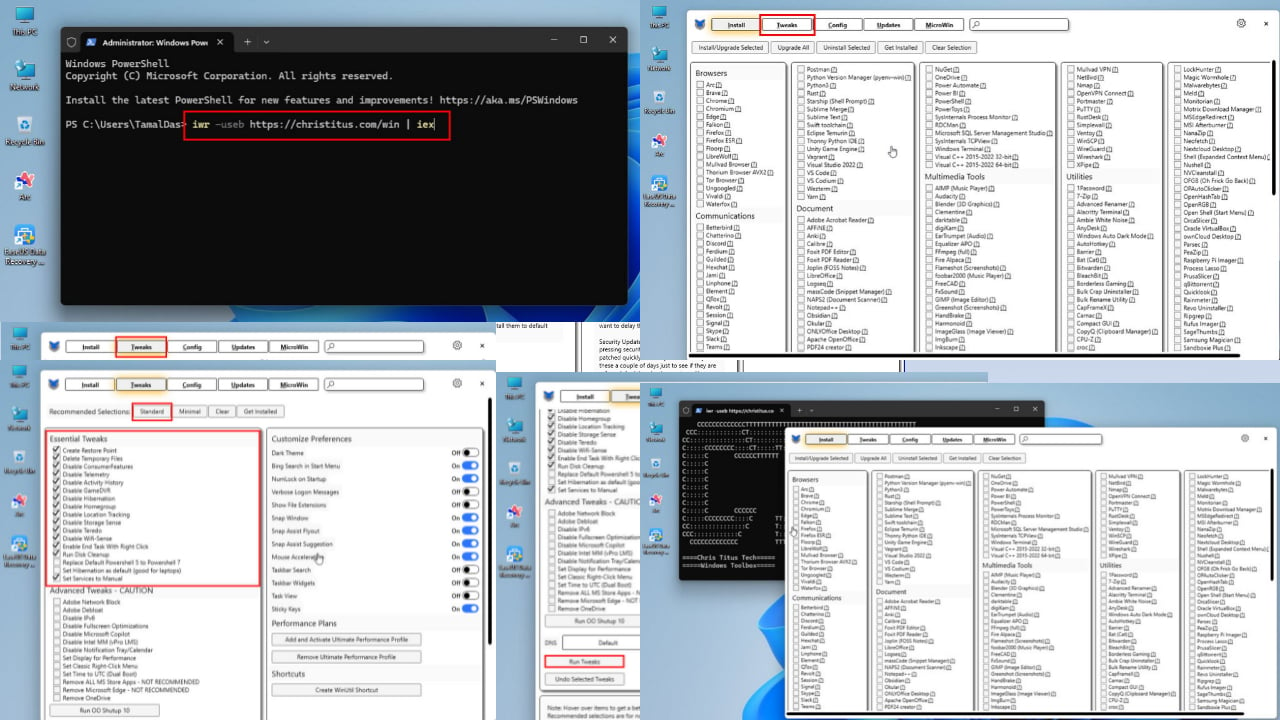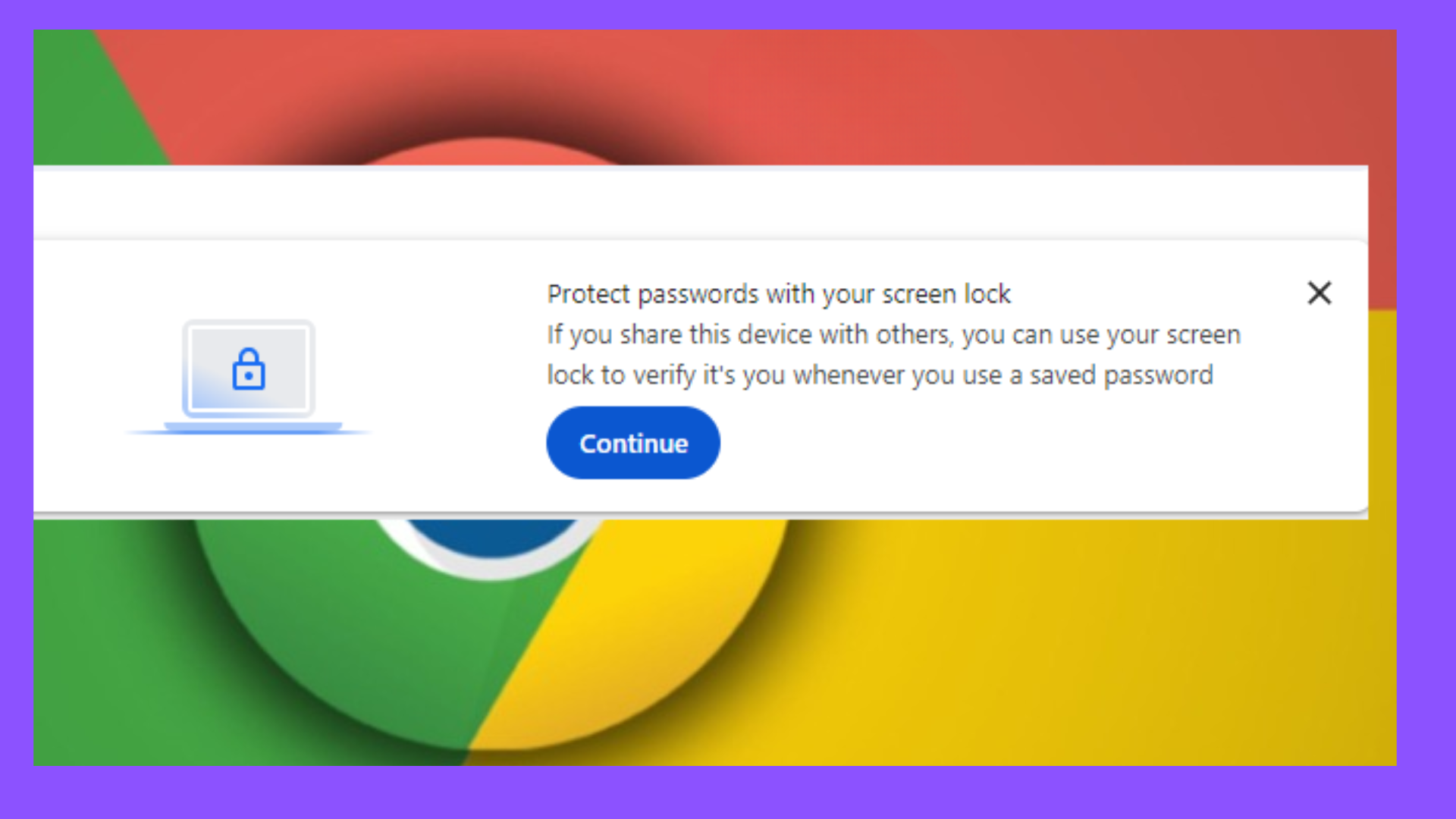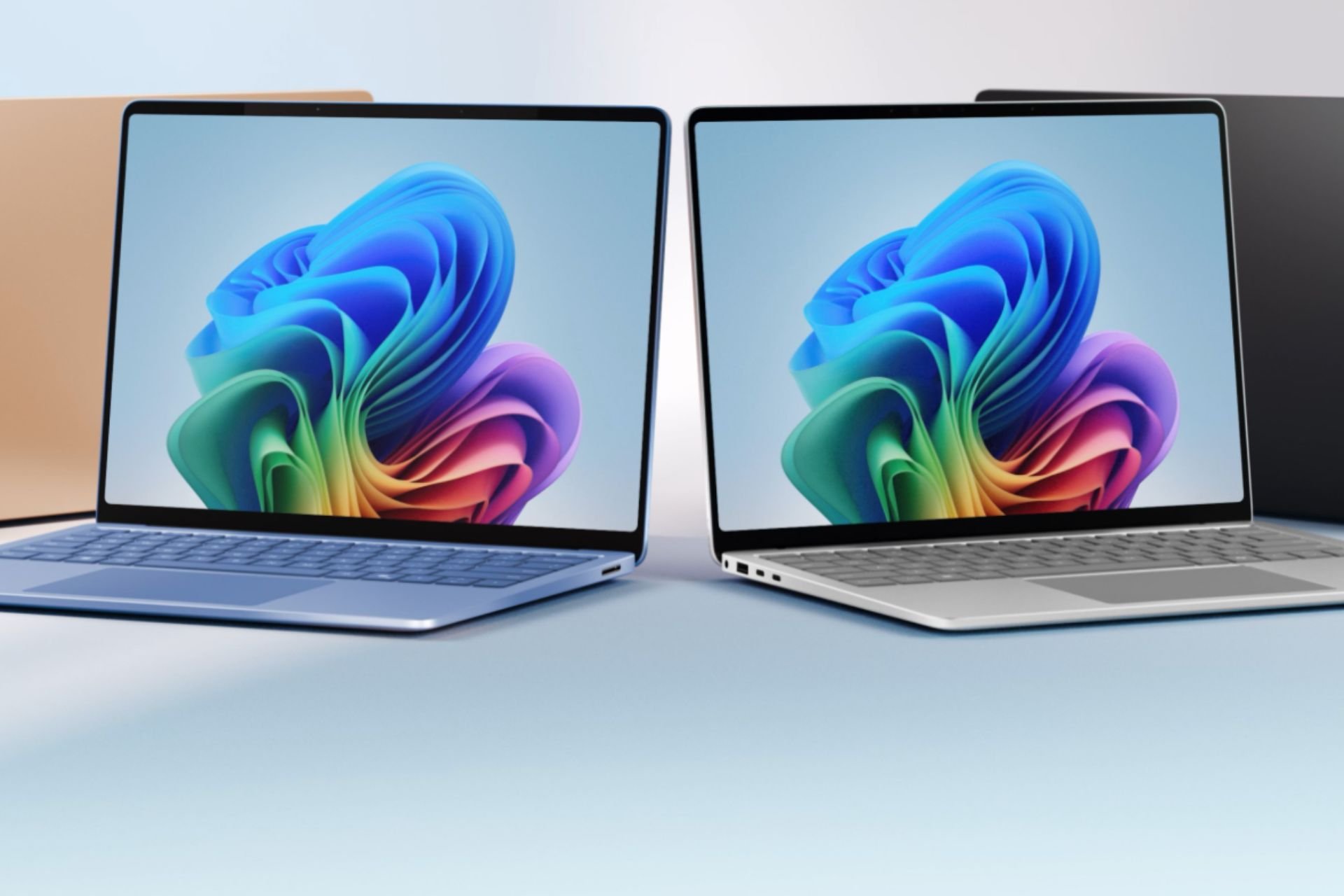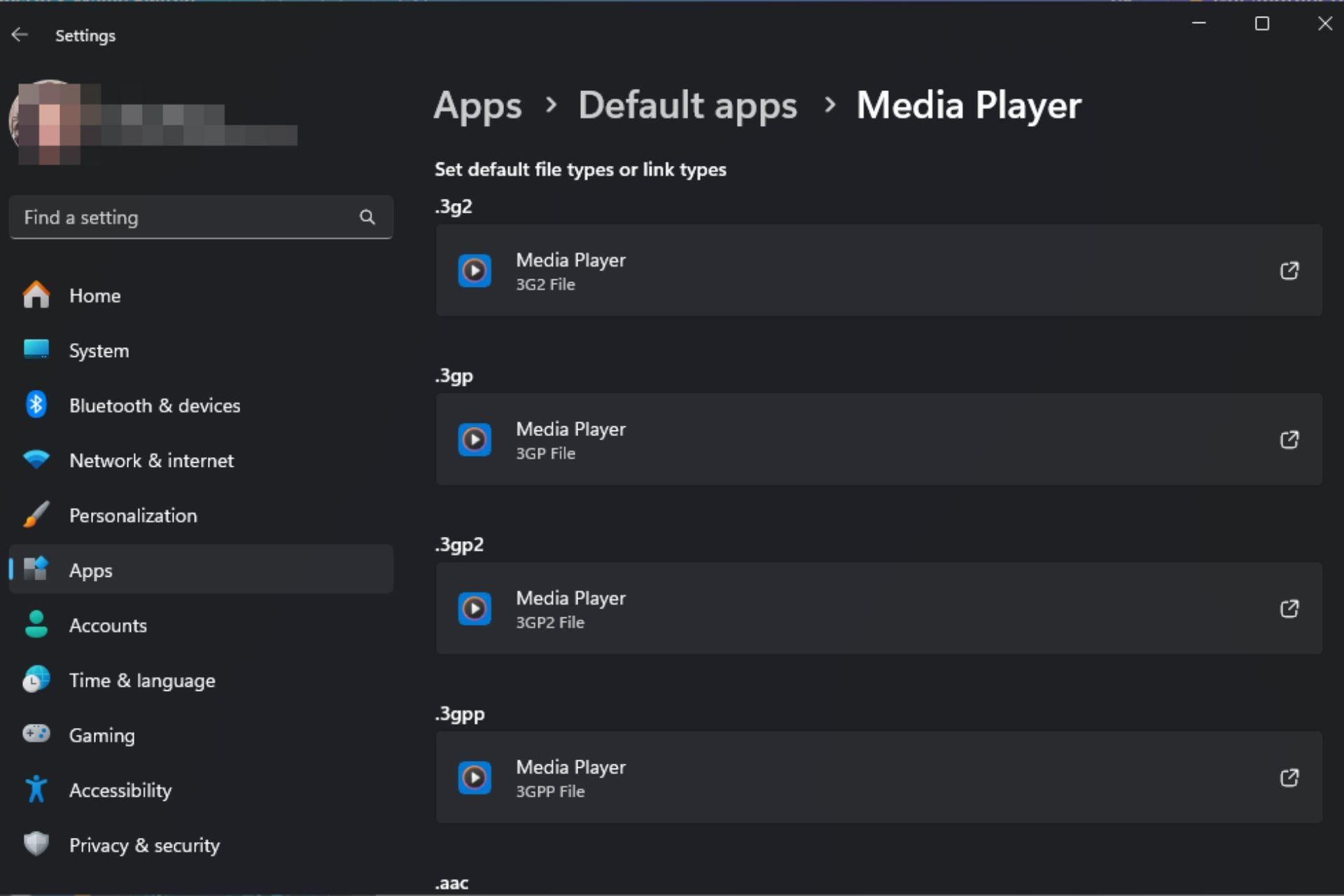Chrome improves Windows Hello sign-in experience on Windows 11
Chrome ensures smoother and safer sign in experience with Windows Hello
2 min. read
Published on
Read our disclosure page to find out how can you help Windows Report sustain the editorial team Read more
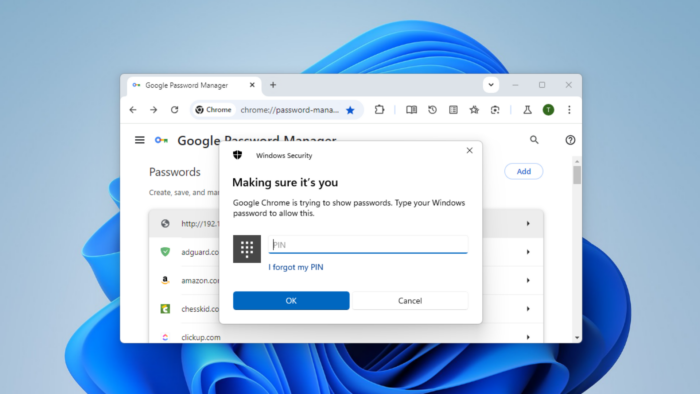
Recently, we reported that Google Chrome would make Windows Hello the default authentication on Windows. The browser also has started encouraging users to use screen lock to verify if they share their device with others. In addition to these, Google is now improving the Windows Hello sign-in experience with Chrome on Windows 11
Windows Hello is a Windows 10 and 11 feature that allows you to sign in to your device using facial recognition, fingerprint scanning, or a PIN. Chrome can also use Windows Hello for authentication purposes on compatible websites.
Previously, there was a problem with Windows Hello authentication in Chrome on Windows 11. When Chrome used the new Windows Hello API for authentication, the resulting sign-in dialog wouldn’t appear correctly. It would be visible “behind” the Chrome window instead of integrated into it.
This misplaced sign-in dialog was confusing and frustrating for users. It could also pose a potential security risk, as a malicious program could create a fake sign-in window behind Chrome that might trick you into entering your information.
Google is now addressing that issue to make sure the Windows Hello sign-in dialog is integrated into the Chrome window.
“On Windows11 use IUserConsentVerifierInterop to pass window explicitly
This CL changes the authentication api on Windows11. From now on the api will receive explicitly window to which it should attach the OSdialog.” the commit spotted by us reveals.
Chrome now explicitly specifies the window it wants the sign-in dialog attached to when using the Windows Hello API on Windows 11. This ensures a smoother authentication experience where the Windows Hello dialog appears seamlessly within the Chrome window itself.
“OS authentication will use IUserConsentVerifierInterop api if available” is the relevant flag for that in Chrome, available in Canary.

This flag, when enabled, will make Chrome use the new IUserConsentVerifierInterop with explicit window attachment on Windows 11 with Windows Hello configured. Otherwise, Chrome will use the regular authentication method.
This change makes authentication with Windows Hello on Chrome for Windows 11 more user-friendly and intuitive.
Beyond the Windows Hello improvements, Chrome is gaining several new features, including memory and performance improvements with Partitionalloc, Performance notifications, and HTTPS-First Balanced Mode. Google also plans to deprecate the data breach password leak warnings feature.


